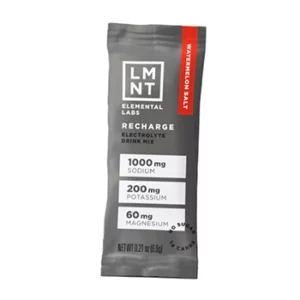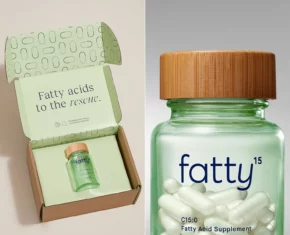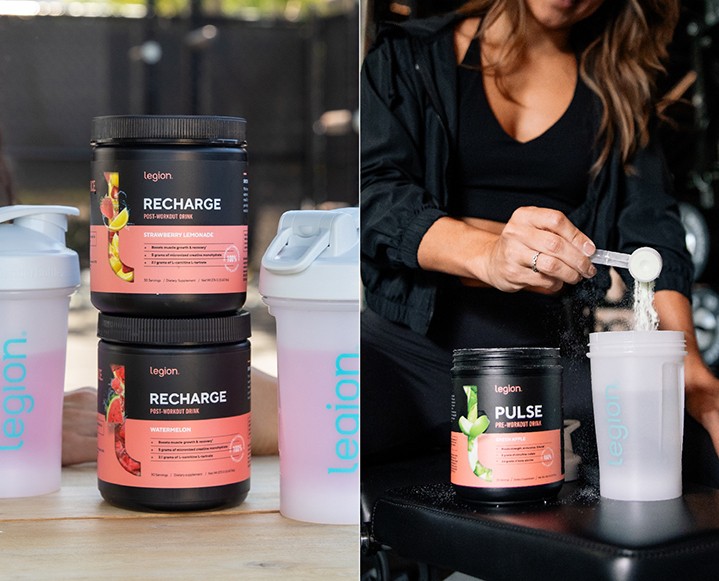How safe is your tap water? Wouldn’t you like to know? Even if drinking a glass of water from the tap is unthinkable to you, it’s likely you’re still bathing in it, cooking with it, and using it to brush your teeth. Learning about the potentially harmful chemicals in your local water supply can help you and your family to make smarter choices — or perhaps nudge you to double click that water filter lurking in your online cart for months…
How Clean Is Your Tap Water?
In 2019, we spoke with Erin Brockovich about America’s water pollution issues, mostly stemming from industrial waste like the PFOAs used to create non-stick cookware. Our hour long chat with Erin woke us up to the reality of the dangers in our own drinking water. Erin is on a mission to create a national database of self-reported conditions that are tap water-related. Read the full story here for more context and the full scoop.
Here are a few drinking water facts to know according to the research done by industry watchdog, Environmental Working Group:
+ According to the EWG, most American tap water contains industrial or agricultural contaminants that have been linked to cancer, harm to the brain and nervous system, changes in the growth and development of the fetus, fertility problems and/or hormone disruption.
+ Common tap water dangers include fluorinated chemicals called PFAS, lead from old pipes, runoff from farmland that carries millions of tons of pesticides and fertilizer chemicals into rivers and streams.
+ 278 contaminants have been detected by local utilities’ tests at levels that are legal under the Safe Drinking Water Act or state regulations, but are well above levels authoritative scientific studies have found to pose health risks.
+ The EPA has not created legal limitations for over 160 unregulated contaminants in U.S. tap water. For some other chemicals, the EPA’s Maximum Contaminant Levels, or MCLs, haven’t been updated in almost 50 years.
The Environmental Working Group is the leader in reporting on dangers in our tap water and forging a path toward greater government responsibility on the issue nation-wide.
How To Protect Yourself
The water we drink and bathe in is fundamental to our overall health, yet far easier to overlook than the quality of our food or personal care products. Once we realize that our tap water may be an issue, it’s easy for panic to set in or even a sense of resignation — there are so many dangers when it comes to our health these days, many of us are tempted to simply throw in the towel!
While we’re the first to admit that learning about and upgrading the quality of our tap water is a bit of an annoyance, it’s absolutely vital for our families’ health. Here are the first things you should do to tackle the issue at home…
Get Your Free Tap Water Scorecard
The EWG’s Tap Water Database is a national public record. It shows the results of testing by water utilities since 2012.
Simply type in your zip code for a comprehensive look at which chemicals, heavy metals or other potential contaminants could be lurking in your drinking, bathing and cooking water. Contamination can change from region to region depending on each areas ecological and industrial issues. Once you know the potential dangers in your own water supply, you can make more informed decisions about how to manage your own choices.
Invest In A Water Filter
Installing a water filter in your home is your first line of defense against harmful substances in your tap water. There are essentially three kinds of water filters…
+ Activated Carbon / Charcoal | This is the most affordable type of water filter. We recommend a good old-fashioned Berkey water filter for small homes — especially apartments — and offices. The filter sits on the counter and costs just $300. Carbon filters are very effective, but they do not reduce a few elements of concern. For more comprehensive filtering, a reverse osmosis filter is needed…
+ Reverse Osmosis | The latest in reverse osmosis filters is the Ophora Water System. An under the sink unit will set you back $3500, but provide you with “micro-filtration down to 0.001 microns”, plus alkalize, mineralize and ionize your water. A bit of an investment, but some of the most impressive quality we’ve found lately.
There are many more affordable reverse osmosis filters available. At home supply stores like Lowe’s you can find a highly-rated, under the sink mounted version like this top-rate version for $250.
+ Ion Exchange | The third type of water filter is called an ion exchange filter, essentially a water softener. These filters are more suited to protect your home’s pipes from build-up than to protect your health. Ion Exchange filters are effective at filtering out barium and radium. That’s why it’s important to get your local tap water score specifically. If you find that radium is a concern in your area than this filter may be of more interest.
To dive deeper on water filters, see the EWG’s breakdown of water filters and the contaminants they reduce.
Finally, a reminder that the installation of a water filter in your own home does nothing to protect your larger community. Learn more about the issue and how to get involved, consider reading Erin Brokovich’s, Superman’s Not Coming: Our National Water Crisis and What We the People Can Do About It.
The Chalkboard Mag and its materials are not intended to treat, diagnose, cure or prevent any disease. All material on The Chalkboard Mag is provided for educational purposes only. Always seek the advice of your physician or another qualified healthcare provider for any questions you have regarding a medical condition, and before undertaking any diet, exercise or other health-related programs.















